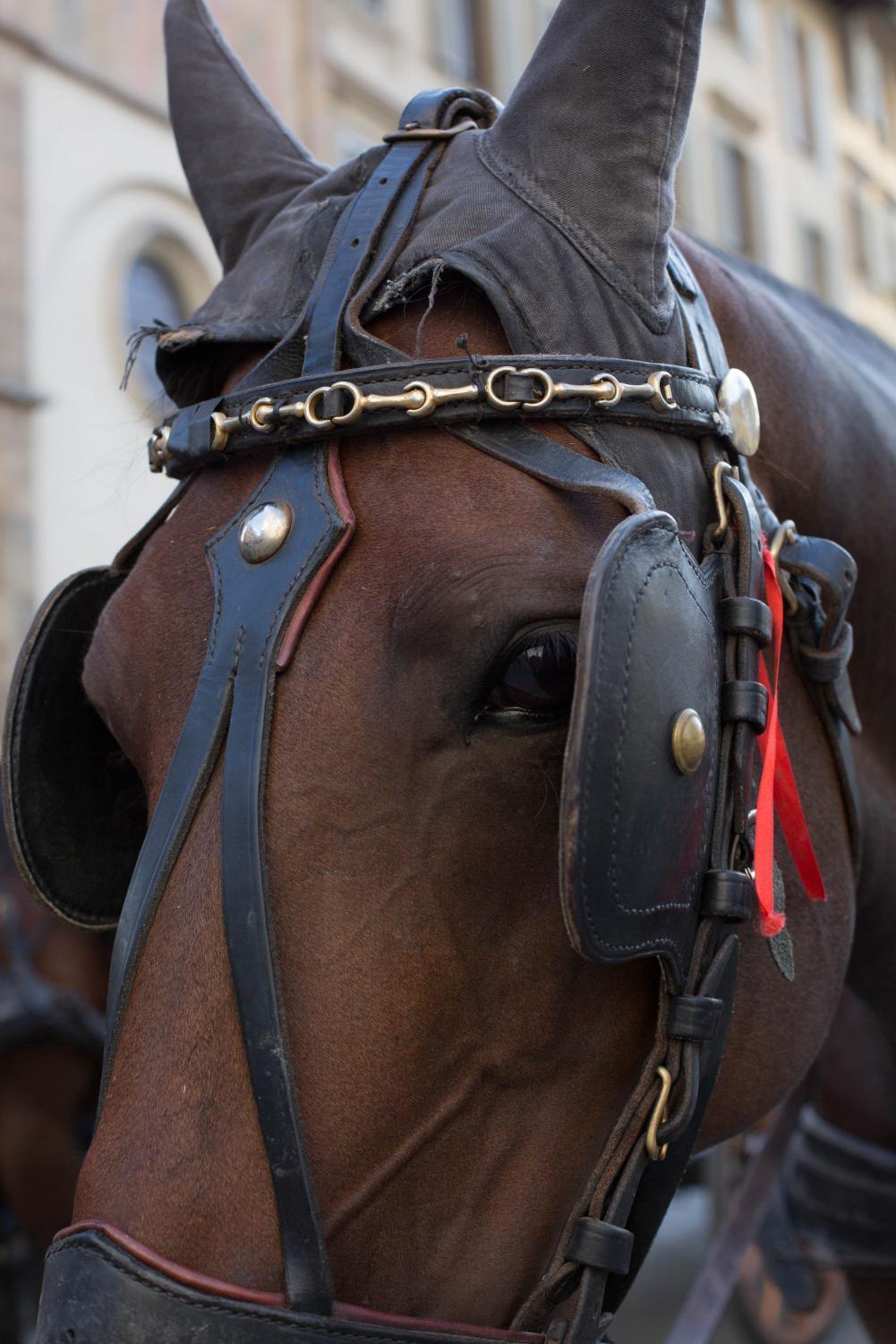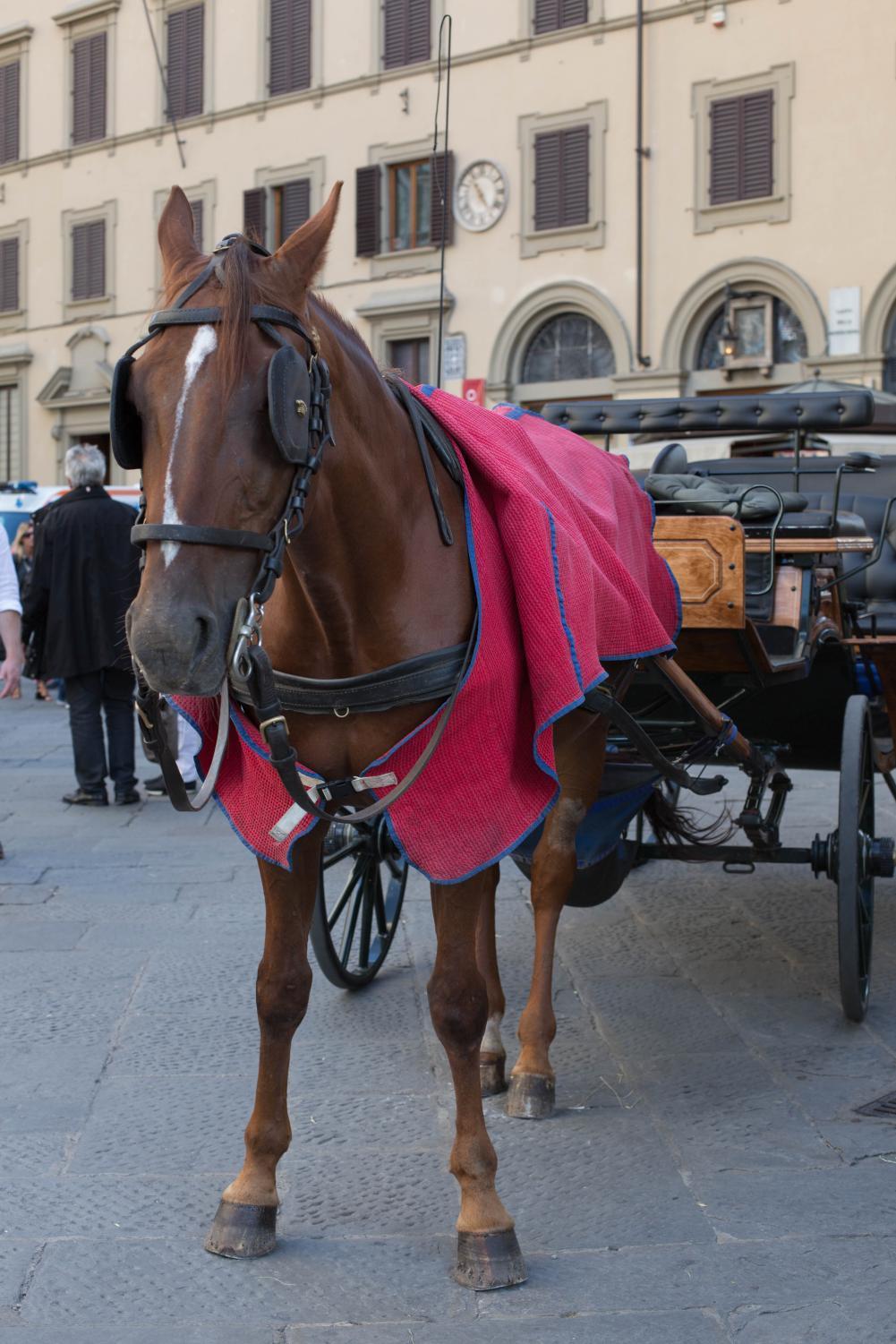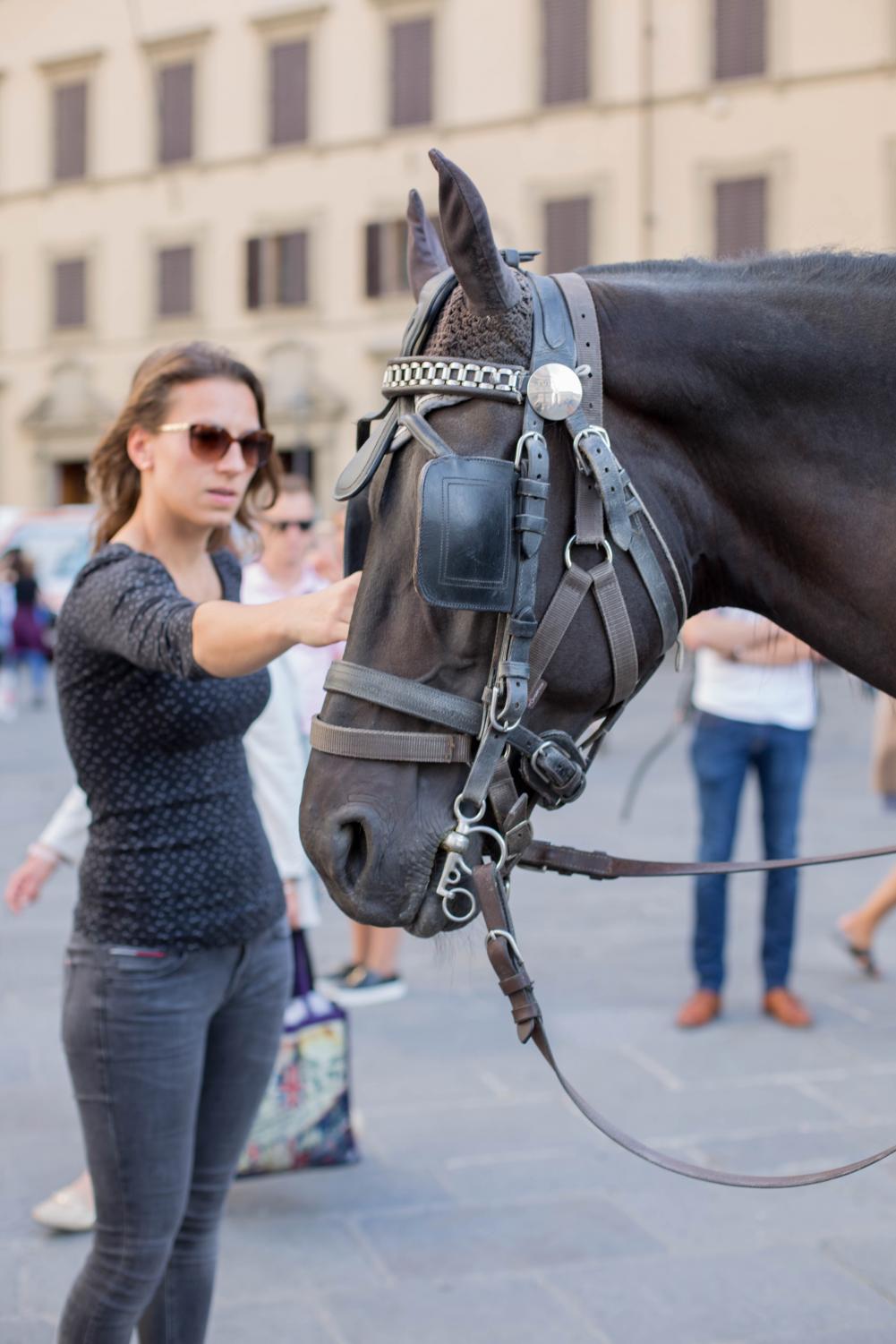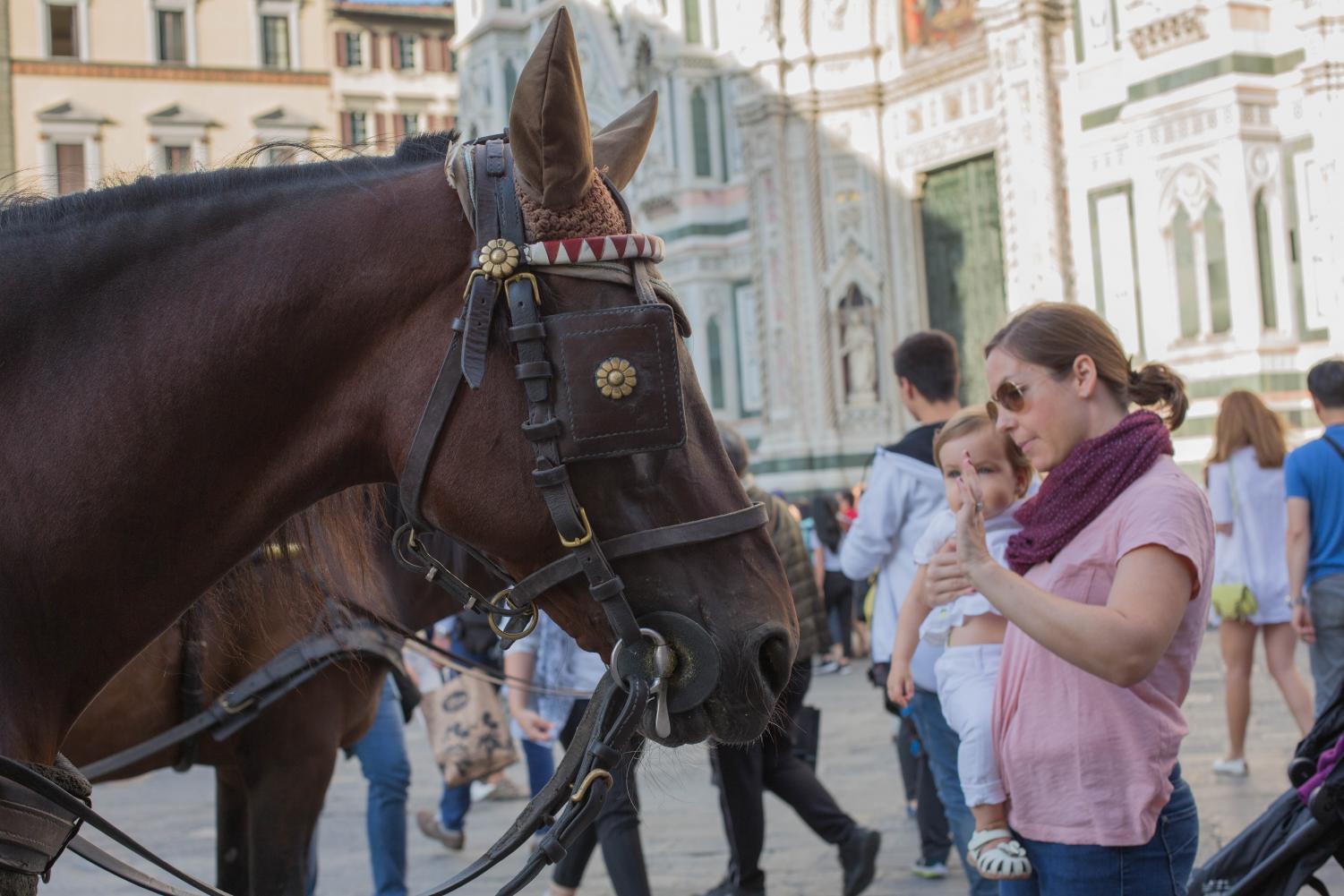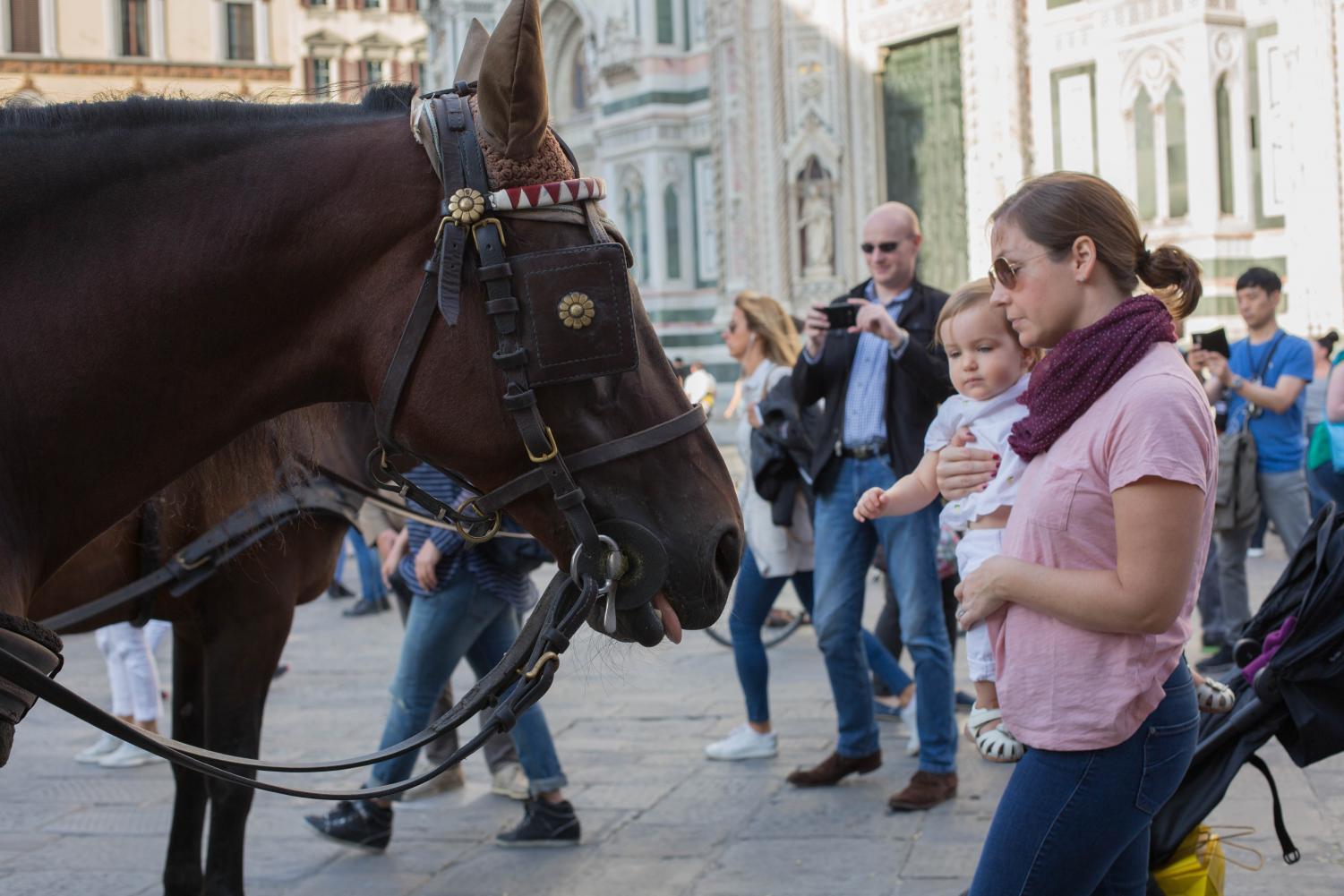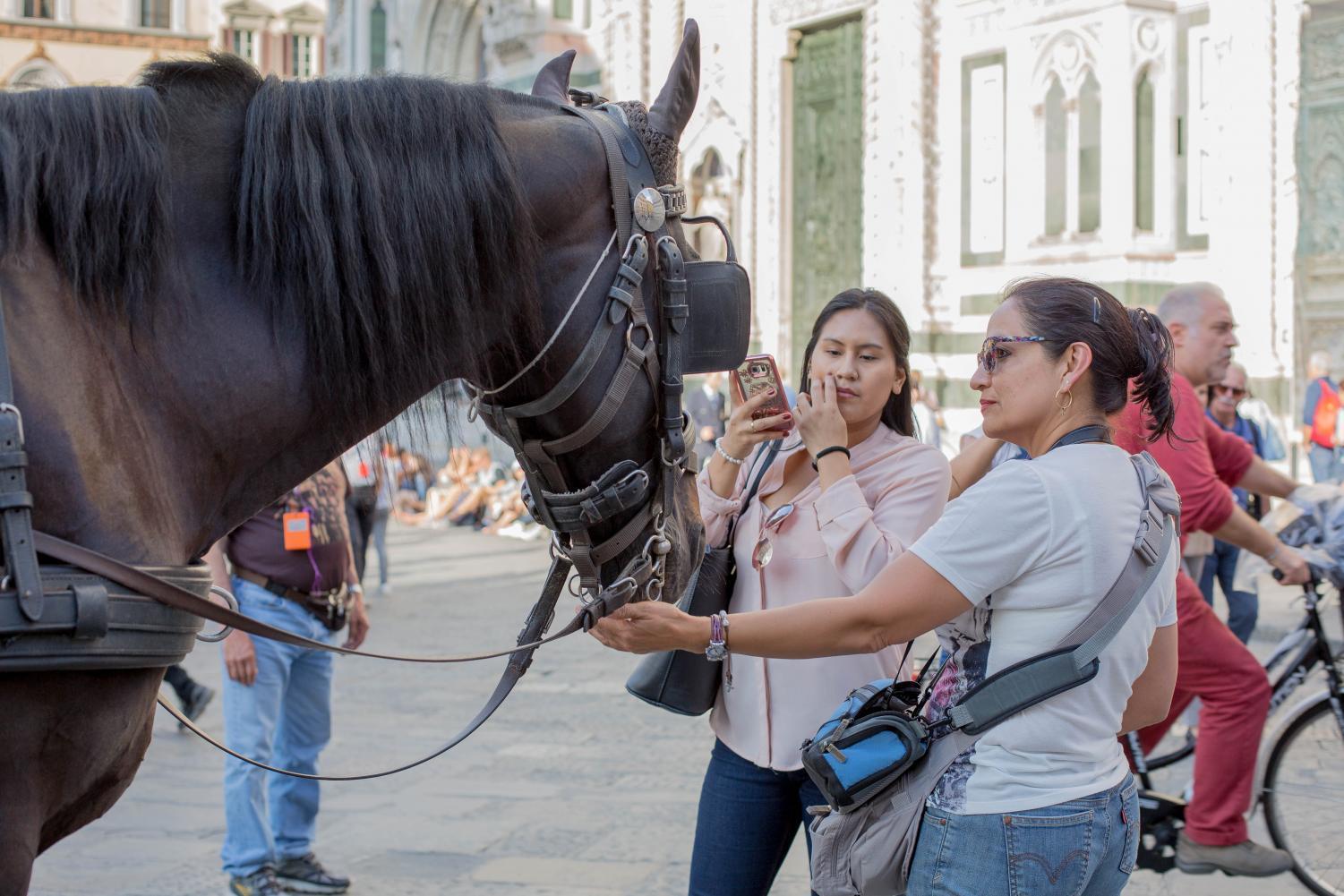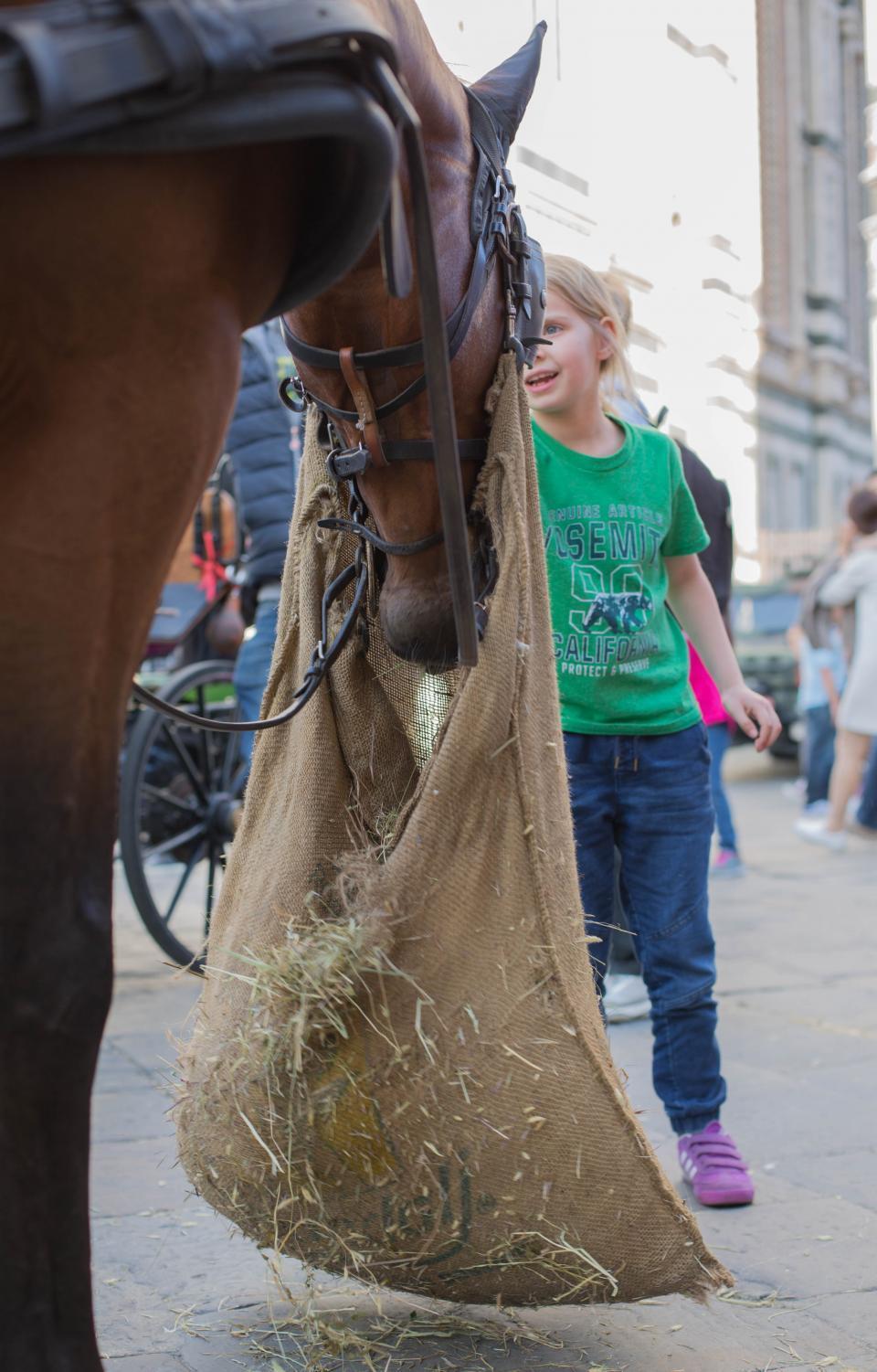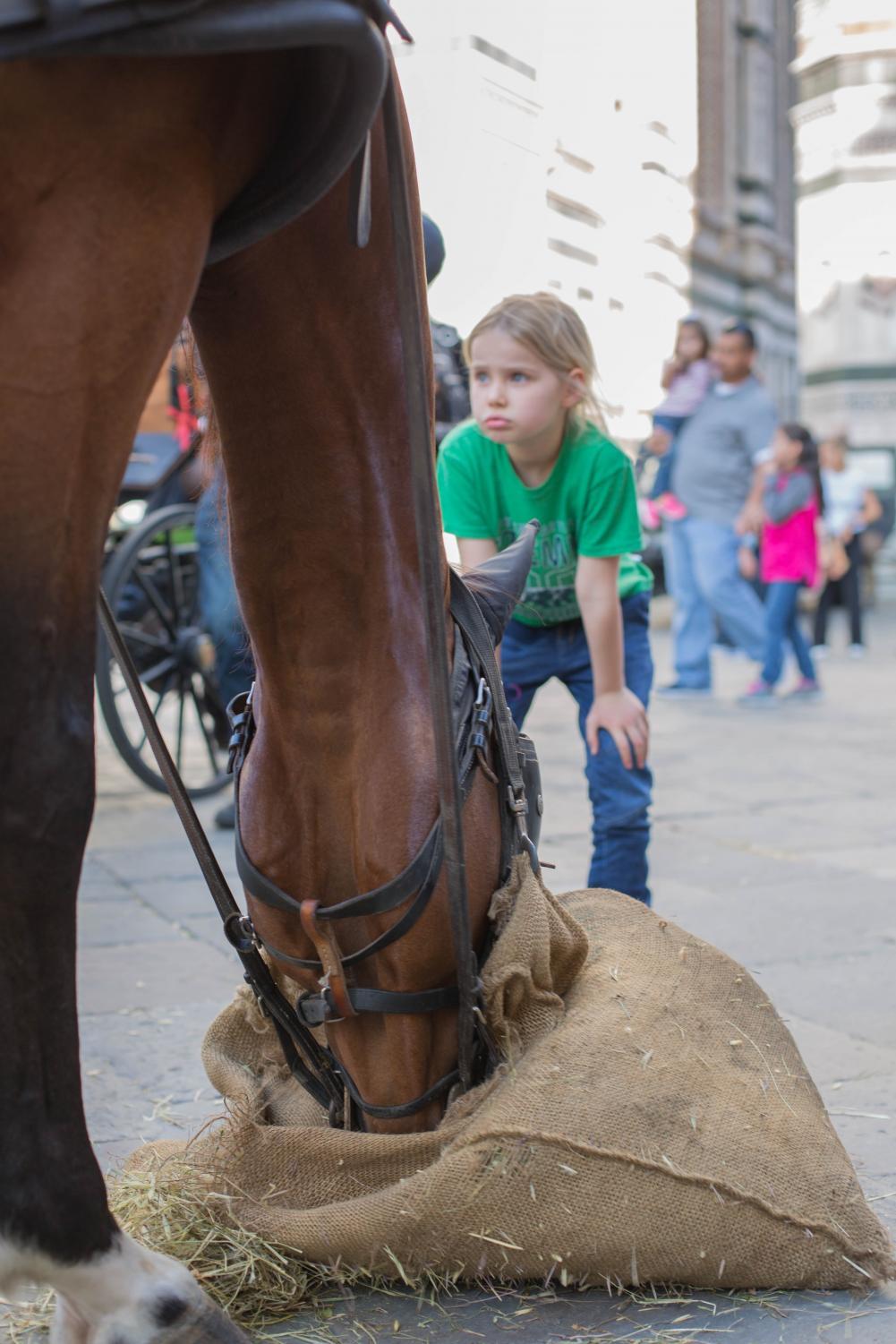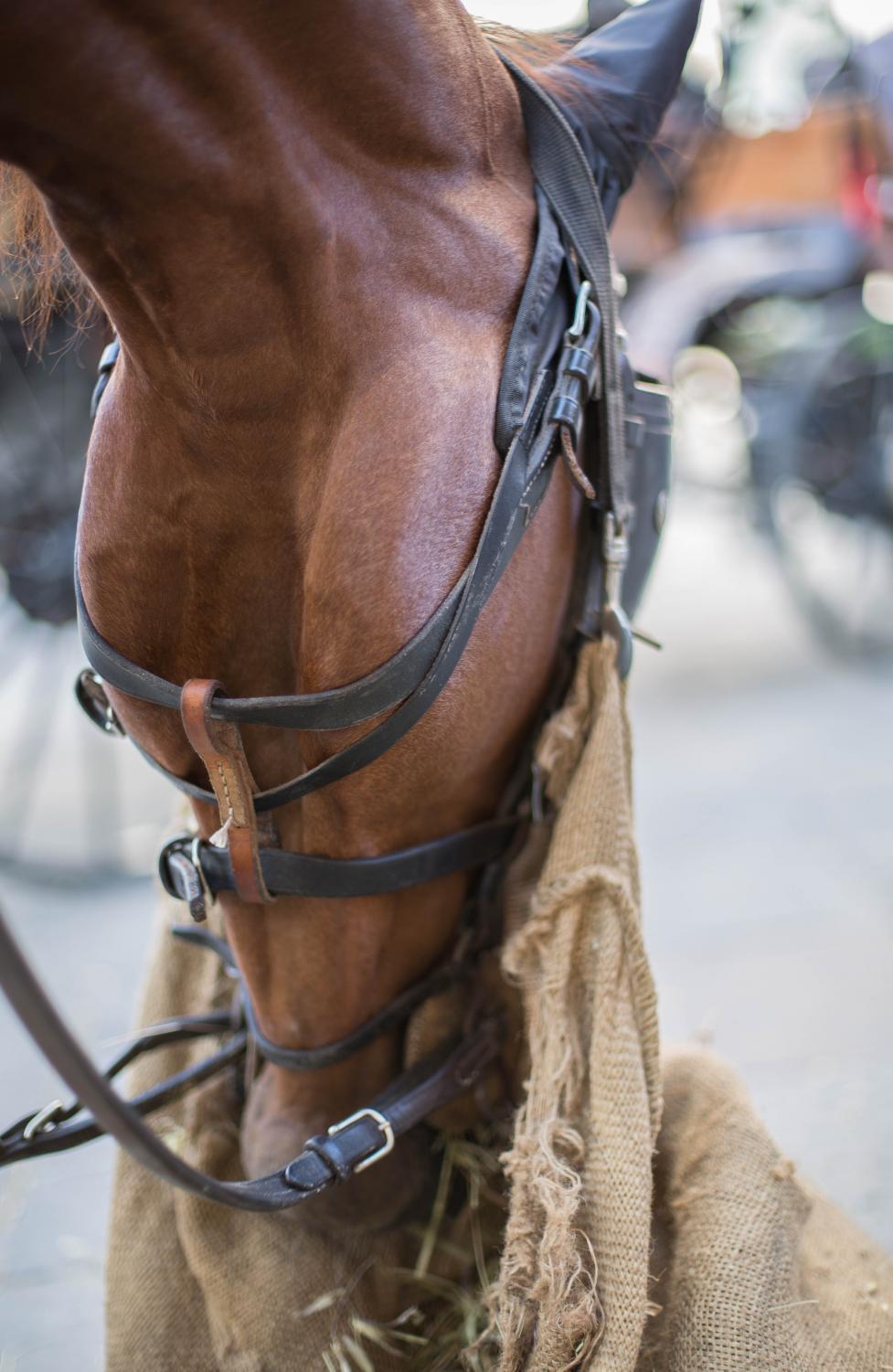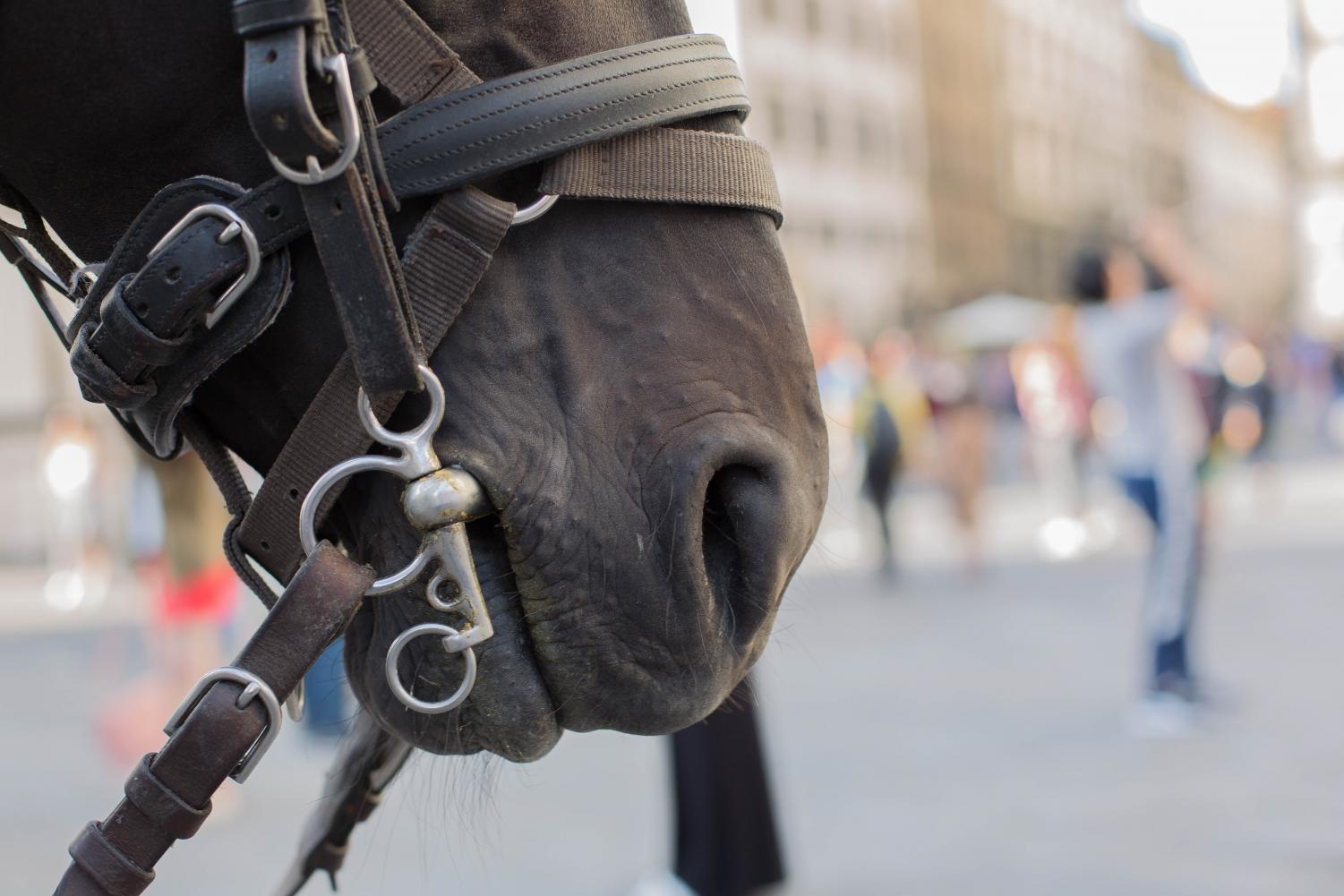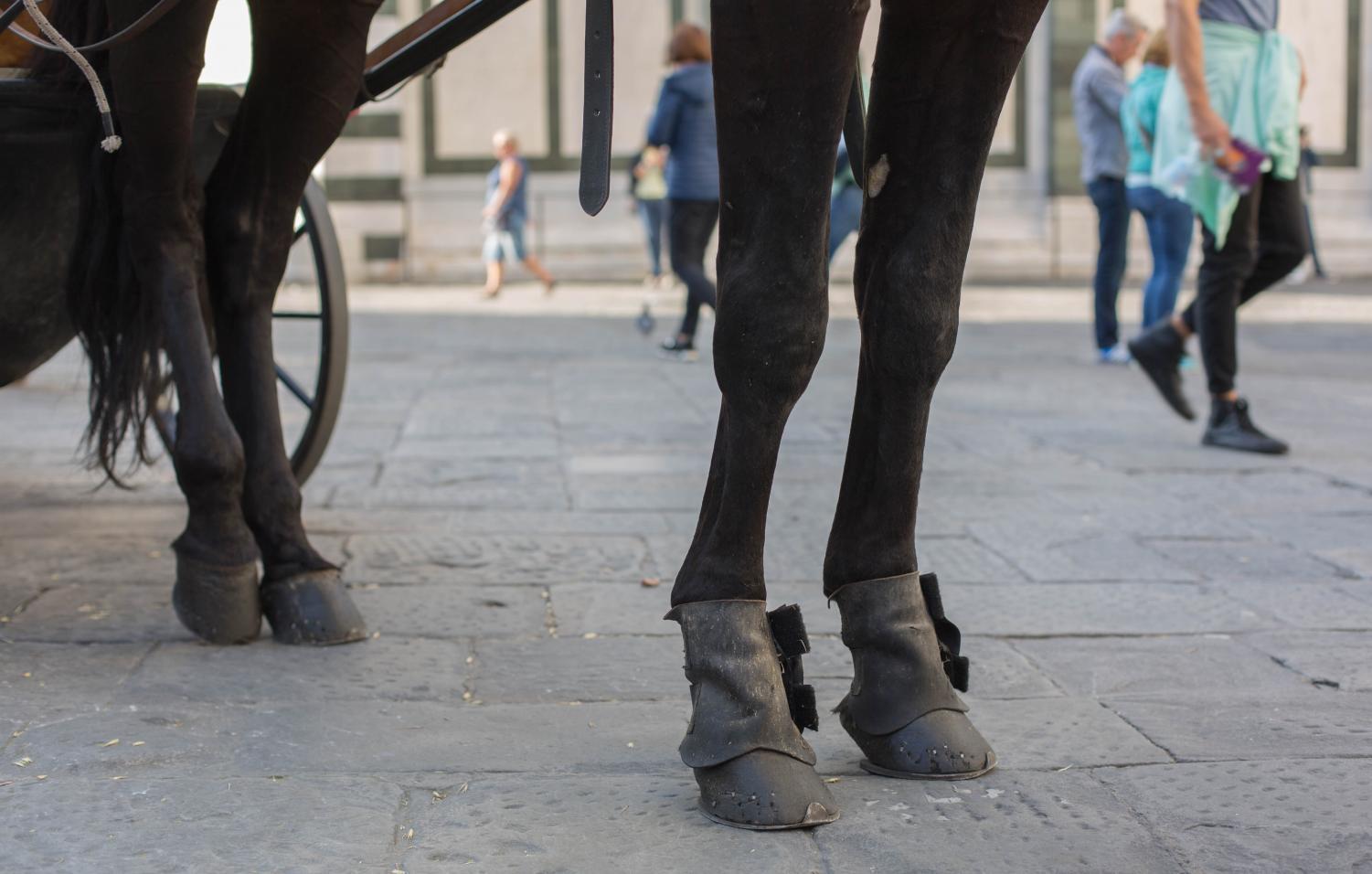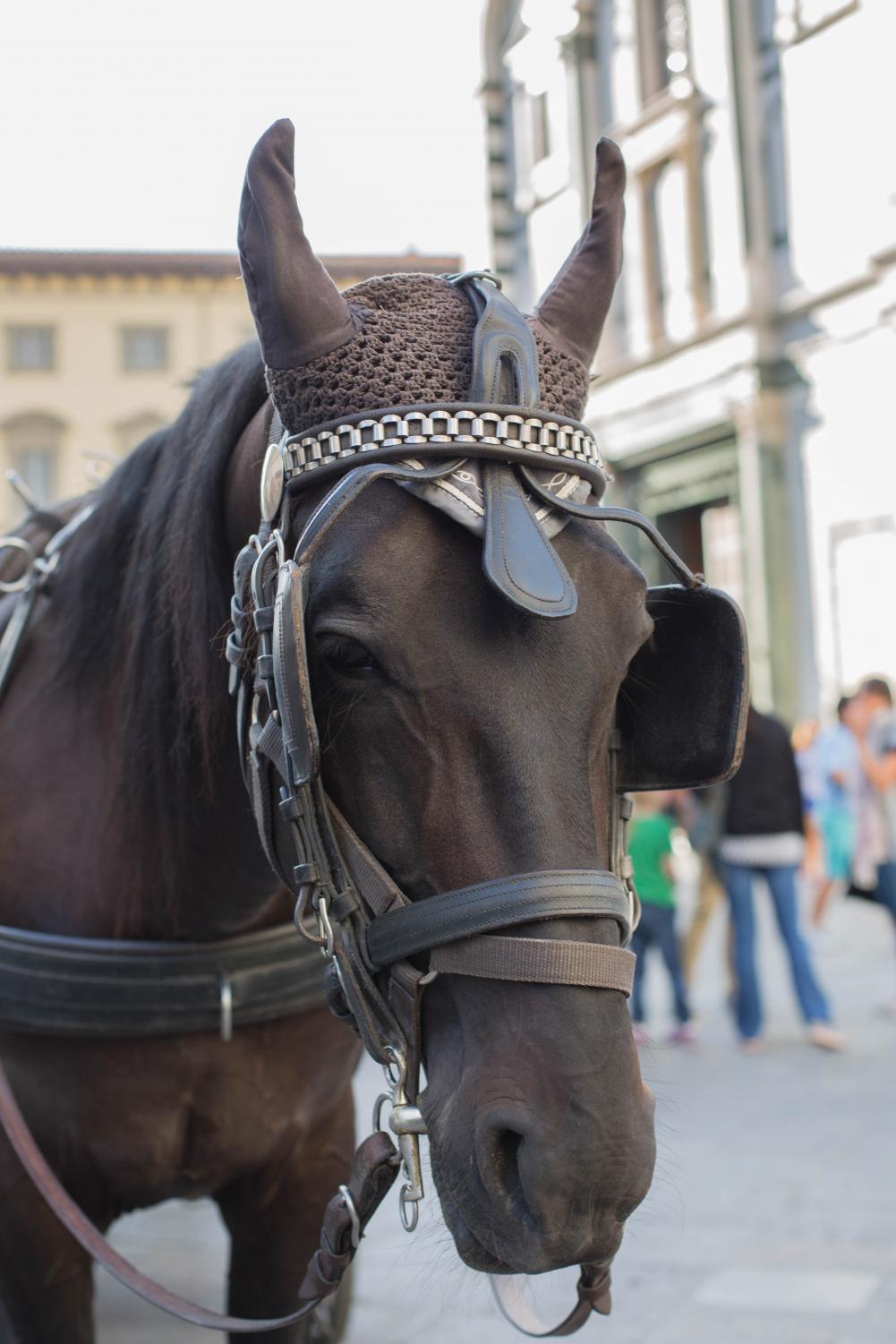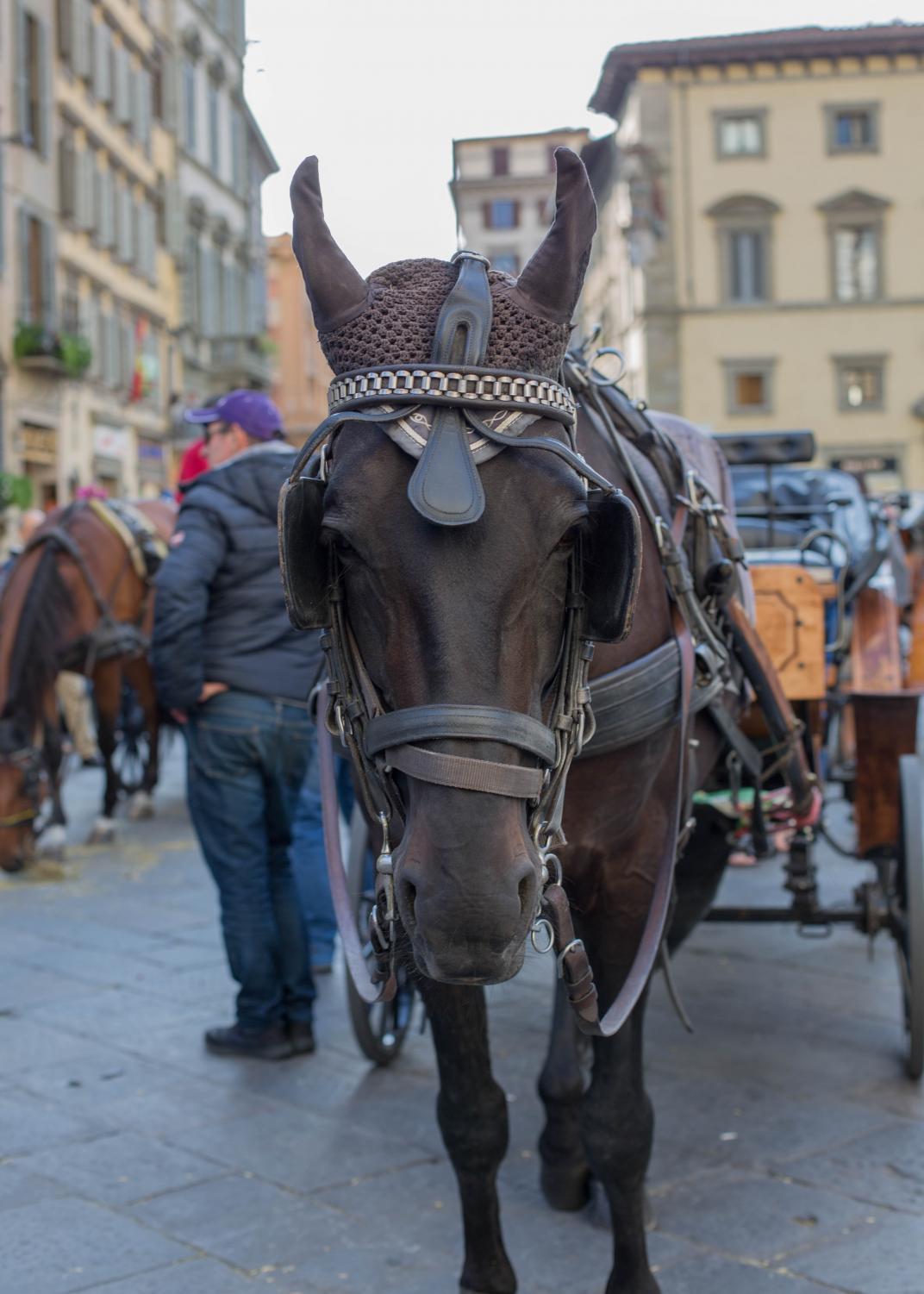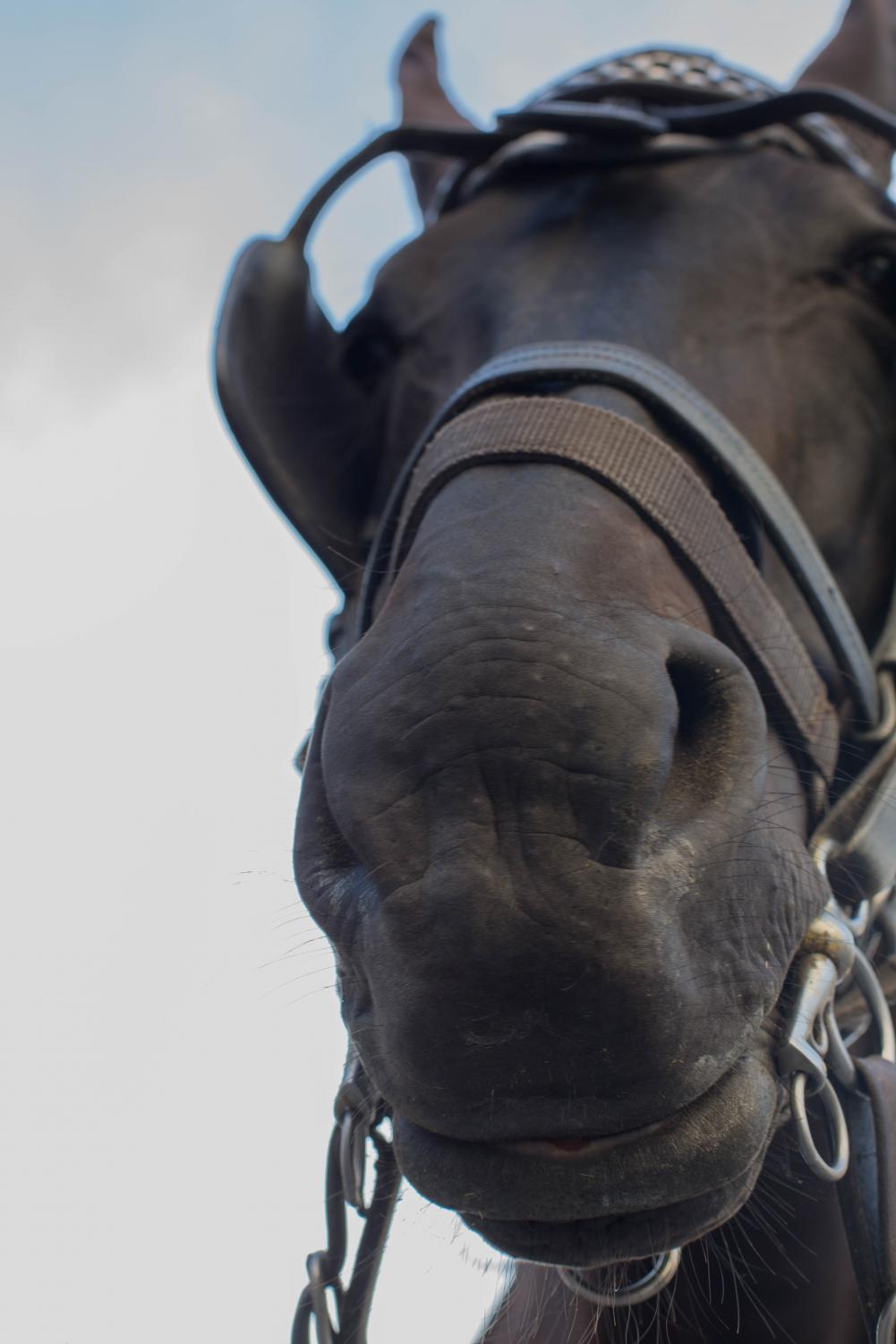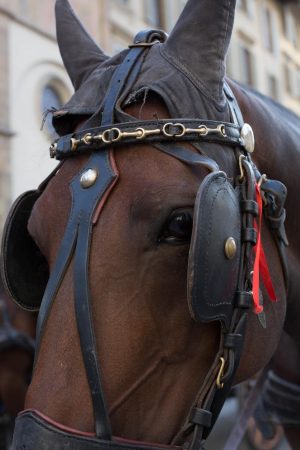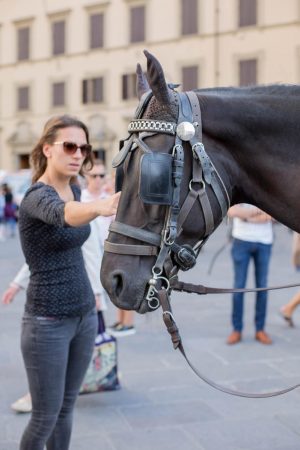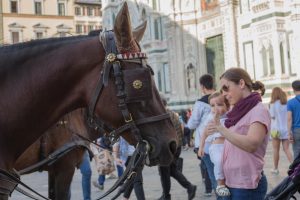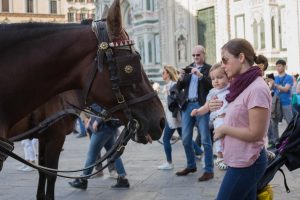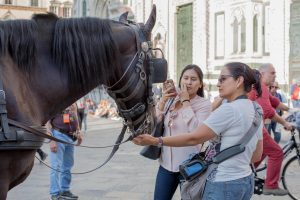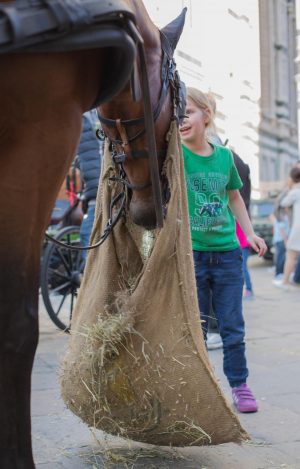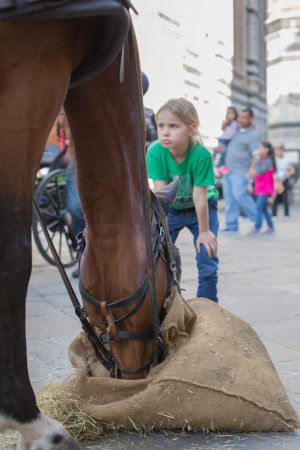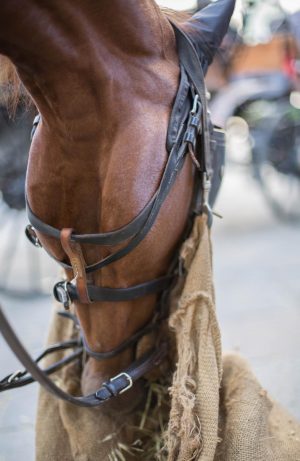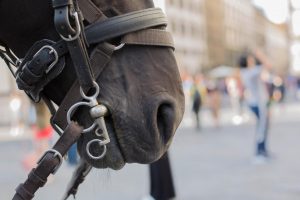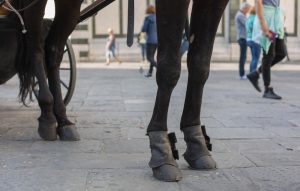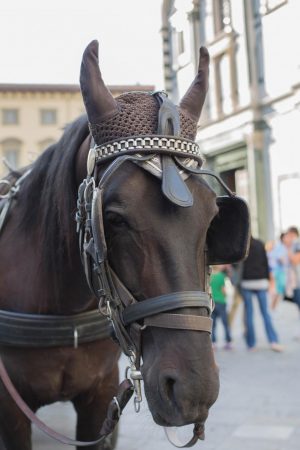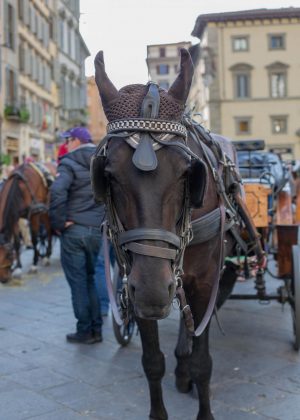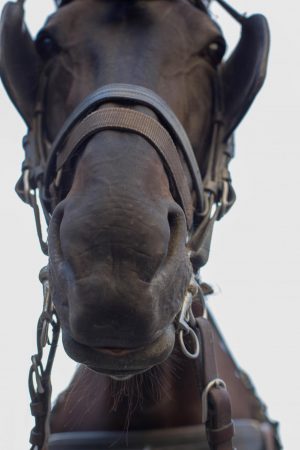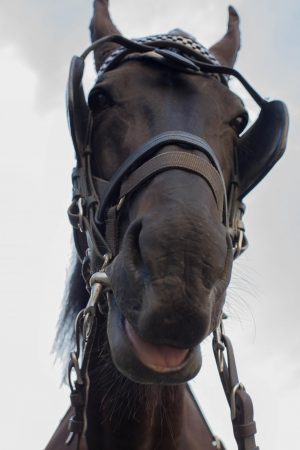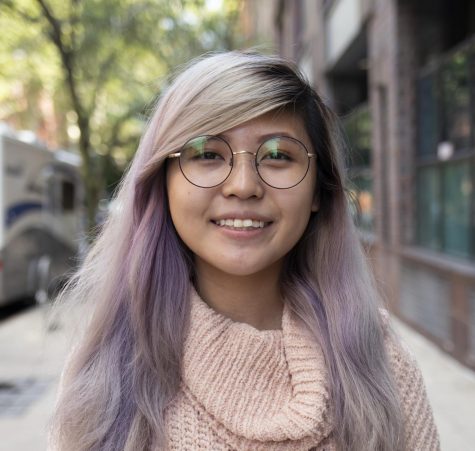Exposure | Troubles of Tourism: Cruelty of Exploiting Horses for Carriage Rides
November 27, 2017
Florence, a city where tourism is very much pervasive, has many attractions — one of which involves paying 50 euros to sit in a carriage, which a horse pulls around the city for 20 minutes. Beyond the issue that this service is ridiculously overpriced, there is the dispute over the exploitation of the horses.
I visited Piazza del Duomo and observed the horses. I saw that these horses rarely had any breaks. Though there were multiple horses taking turns carrying around passengers, if there was enough demand, then that demand would be supplied. The enjoyment of the tourists and the money earned for the industry comes at the expensive of the horses, which are exhausted after pulling around oversized carriages. And even during “breaks,” tourists walking around approached these horses and began petting them — this scared the horses, who often moved away.
Beyond this is the equipped gear. Though aesthetically pleasing, the gear is suffocating to the horses. It restricts movement. For example, the metal bar in their mouths allows the drivers to have better control of the horses; however, the horses are uncomfortable. The gear also showcases how horses do not belong in an urban environment. The hooves of the horses are specially designed to deal with the uneven streets of Florence; the consequence is that these hooves are uncomfortable and at some times even painful for the horses. Another example are the eye flaps that impair the vision of the horses by only allowing them to look straight; this is so that horses will not see the oncoming traffic, which scares them. Again, it becomes clear that horses are not fit for the urban environment, especially one so plagued by tourism.
Despite this, I’ve observed that the horses can be social creatures. I’ve seen some horses shy away from people, but I’ve also seen the same horses open up to others. I am lucky to have become a part of the latter group, which I attribute to my time photographing the horses. As I became more curious about the horses, they became more curious about me, and in the end, I was able to obtain some close-up portraits.
Horses — like those who exploit them — feel, whether that be happiness or pain. They are not objects. They are not to be taken advantage of for profit in the tourism industry. This “attraction” is something that needs to come to a halt.





















































































































































